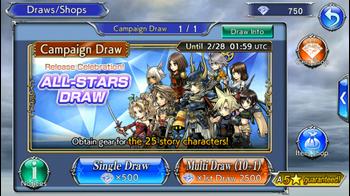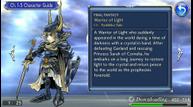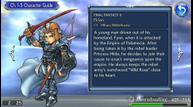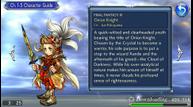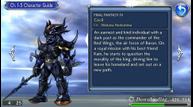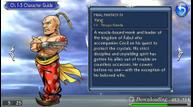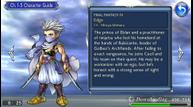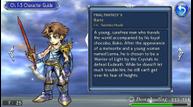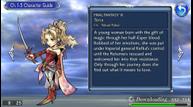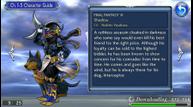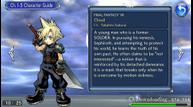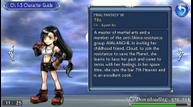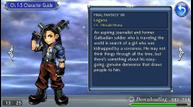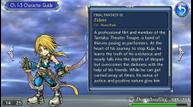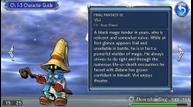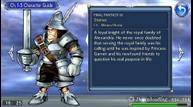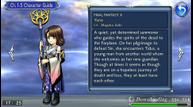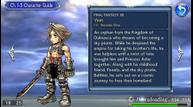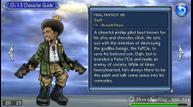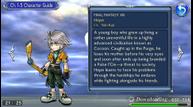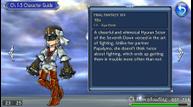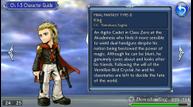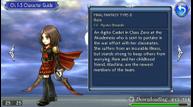Dissidia Final Fantasy: Opera Omnia Impressions
Dissidia Final Fantasy NT is a riveting fighting game, but it is no RPG. Fans who flocked to the Dissidia series for its RPG aspects may feel that NT is Not for Them. Thankfully, there is another Dissidia game that is catered more to RPG fans. Dissidia Final Fantasy: Opera Omnia scratches the RPG itch just right, despite being a smartphone game.
Don’t run away yet! Sure, Opera Omnia may look like another mobile RPG with a skeevy gachapon mechanic to it at first glance - but it’s anything but that. Opera Omnia offers a much more traditional RPG experience rocking a turn-based battle system with a party of three.
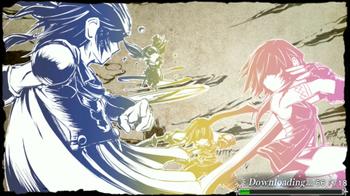
The setup is fairly simple, straightforward, and perhaps even a tad grim. Materia and Spiritus, the spiritual successors of Cosmos and Chaos from the PSP Dissidia games, were waging war with one another using all the various Final Fantasy characters at their disposal. They fought, fought, and fought until it got to the point that they were all sick and tired of it so an omnipotent Crystal had to break it up.
Of course, the respite of these fatigued warriors was cut short thanks to Torsions appearing and spewing out a new evil threat of monsters. It falls on Mog to gather heroes and do battle once more.
Opera Omnia likes to give unlikely side characters the spotlight. Those who are a bit weary of seeing the main characters take center stage repeatedly in Final Fantasy spinoffs are in for a treat. Sure, the Warrior of Light from the first Final Fantasy is a given, but his two starting companions are Final Fantasy IX’s Vivi and Final Fantasy Type-0’s Rem.
Navigating around simply has you moving around a hexagonal world map. Nodes are gradually unlocked filled with either new event scenes, battles, or treasure chests. The neat thing about all this is that there’s no stamina system limiting how much you can play.
You’re free to play as much as you want without worrying about a meter or gauge that dictates it. The only time a stamina system does come into play is in special event dungeons concerning summons.
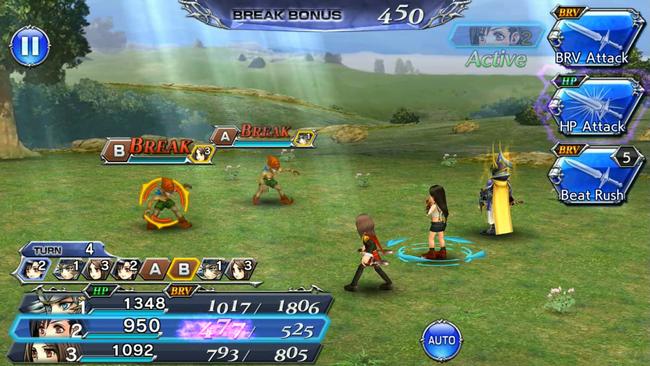
Battles in Opera Omnia cleverly incorporate Dissidia’s staple Bravery (BRV) and HP attacks into an RPG setting. For series newcomers, BRV attacks don’t damage an enemy’s HP; think of them as an increasable damage number for when you do use an HP attack to actually deal damage. Of course, foes can attack with BRV and HP attacks of their own so it becomes a tug-of-war between how much should you raise before attacking their HP.
BRV attacks don’t only increase your own BRV; it also decreases the target’s BRV so you weaken a foe just by normally attacking as well. Decreasing anyone’s BRV to 0 will initiate a Break on them. Breaking an opponent gives all your party members additional BRV and render the enemy useless for a bit. Plus, Opera Omnia delays a target’s turn in battle upon Break. HP attacks from broken targets will do no damage but will get them out of Break immediately.
Each Opera Omnia character has two abilities they can learn - one they start out with and another through Crystal Strengthening that ultimately determine what role they serve in battle. Warrior of Light, for instance, is a fantastic tank that boasts awesome defense. He can divert all attention to him for a turn, but he can also erect a shield for his allies when the going gets tough. Meanwhile, Cloud has skills that flex his immense offensive capabilities along with the ability to inflict paralysis.
Now comes for the fun part - it’s a free-to-play game so it naturally does have microtransactions. Worry not though; it’s relatively generous and forgiving. Every time you view a cutscene or complete a battle for the first time, it awards the gem currency necessary to roll. Opera Omnia follows in the spirit of Final Fantasy Record Keeper by only having you roll for weapons and armor. New characters are obtained from progressing the story and special limited-time events.
Lower rank weapons and armor can also be dropped from battles, while the special 3-star, 4-star, & 5-star equipment dwell in the gacha pool. One of the most significant improvements available in the English release of Opera Omnia at launch is the guaranteed 5-star off of Multi Draws. That means that any time you spend 5000 gems to roll for 10 pieces of equipment, you’ll get an additional weapon that’s 100% going to be a 5-star rarity. If you’re lucky, some of those initial 10 can also be a 5-star as well.
Plus, the first time you do a Multi-Draw off of a new banner, its price will be cut in half. The Campaign Draw Release Celebration banner only took 2500 gems the first time I was ready to roll.
Acquiring gems isn't that much of a pain thanks to the bountiful rewards from missions and quest landmarks. Completing the first chapter alone gave out an absurd 10,000 gems off the bat and there are daily missions that reward gems continuously. Once you clear all of a chapter’s missions, you unlock the Hard difficulty for all the battles that can net you even more gems. Still, the option for you to shell out real money for more gems is there.
Weapons and armors can generally be equipped by anyone who wields the same “type” so Sazh can wield firearms meant for Laguna. The catch is that 4-star and 5-star equipment do have character-exclusive attributes; a 4-star weapon for Laguna may give an HP boost but only if Laguna is using it.
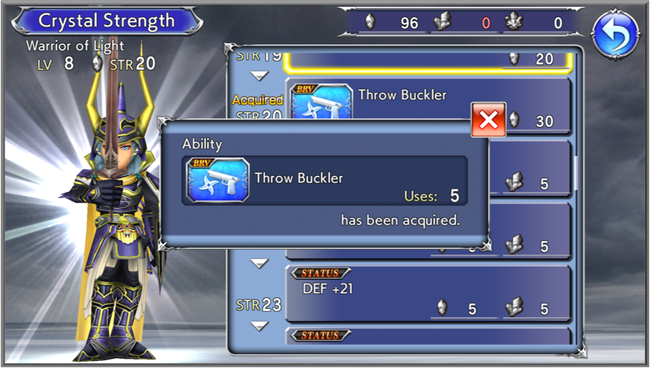
The English release of Opera Omnia is also launching with Co-op Quests from the start. You can team up with two others as you all control one character in battle; you all each have a summon, instead of the standard single one you can bring forth in solo play. This feature and the guaranteed 5-star from Multi Draws took a few months to implement in the original Japanese release a year ago. These are much welcome additions.
I enjoyed my time with Dissidia Final Fantasy: Opera Omnia and plan to keep up with it. I recall playing the original Japanese release at its launch and wishing for an English version down the road. It won’t completely fill the void of the missing RPG elements in Dissidia Final Fantasy NT, but it’s an easygoing adventure that has revisits some of my more niche Final Fantasy favorites. No other Final Fantasy in the next 30 years will have Fujin and Setzer in the same game, so Opera Omnia is pretty cool in my book.
If you're interested to see who you'll meet in the first five chapters of Opera Omnia, check the gallery below. Keep in mind that there'll also be more characters added in future events!
